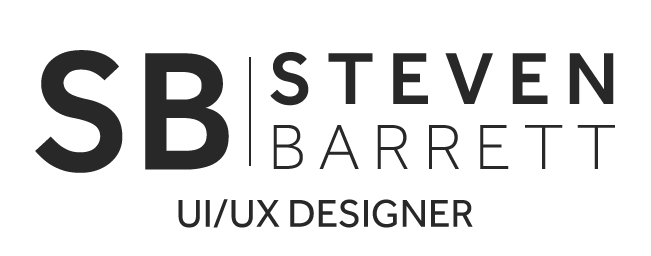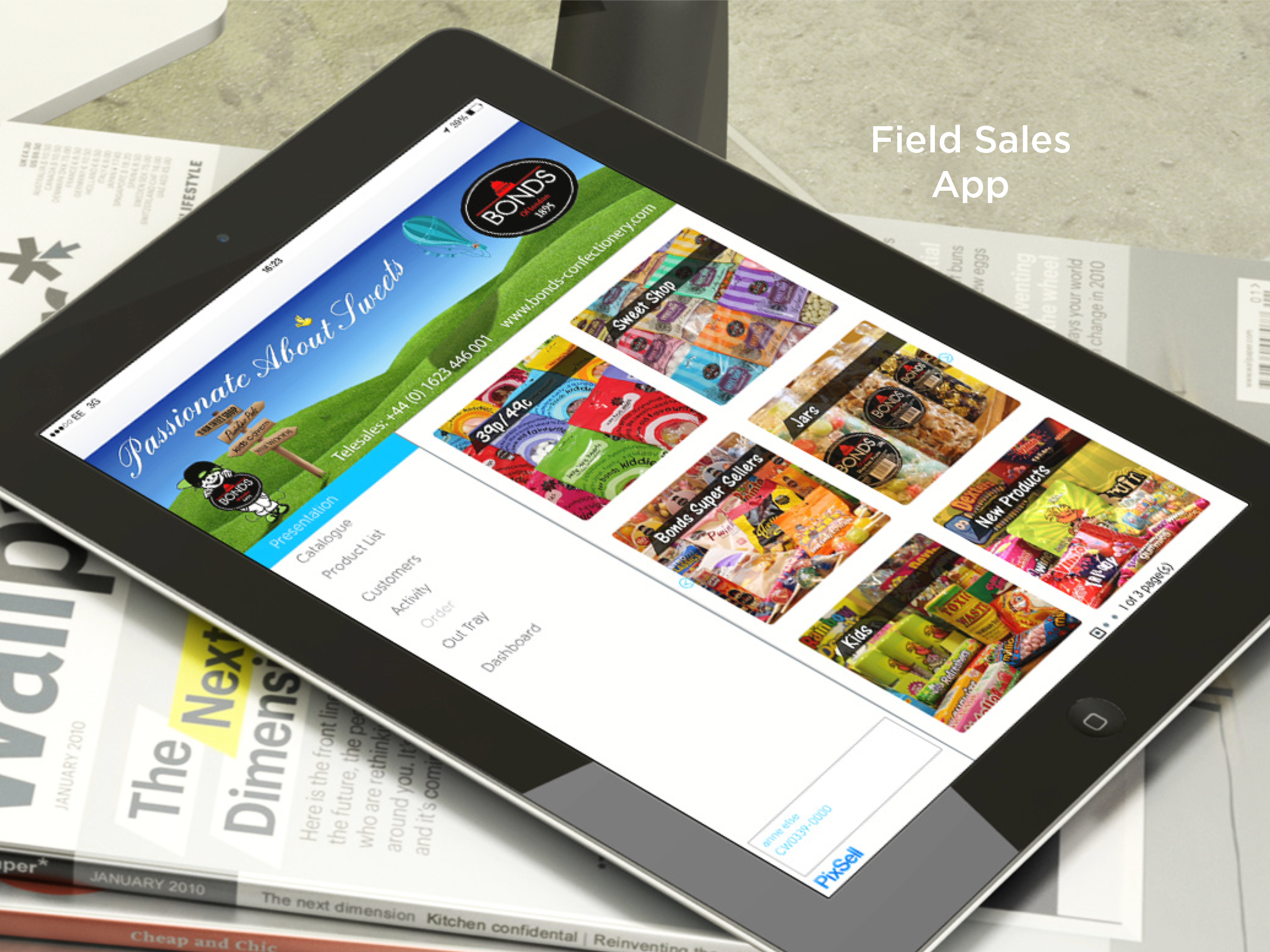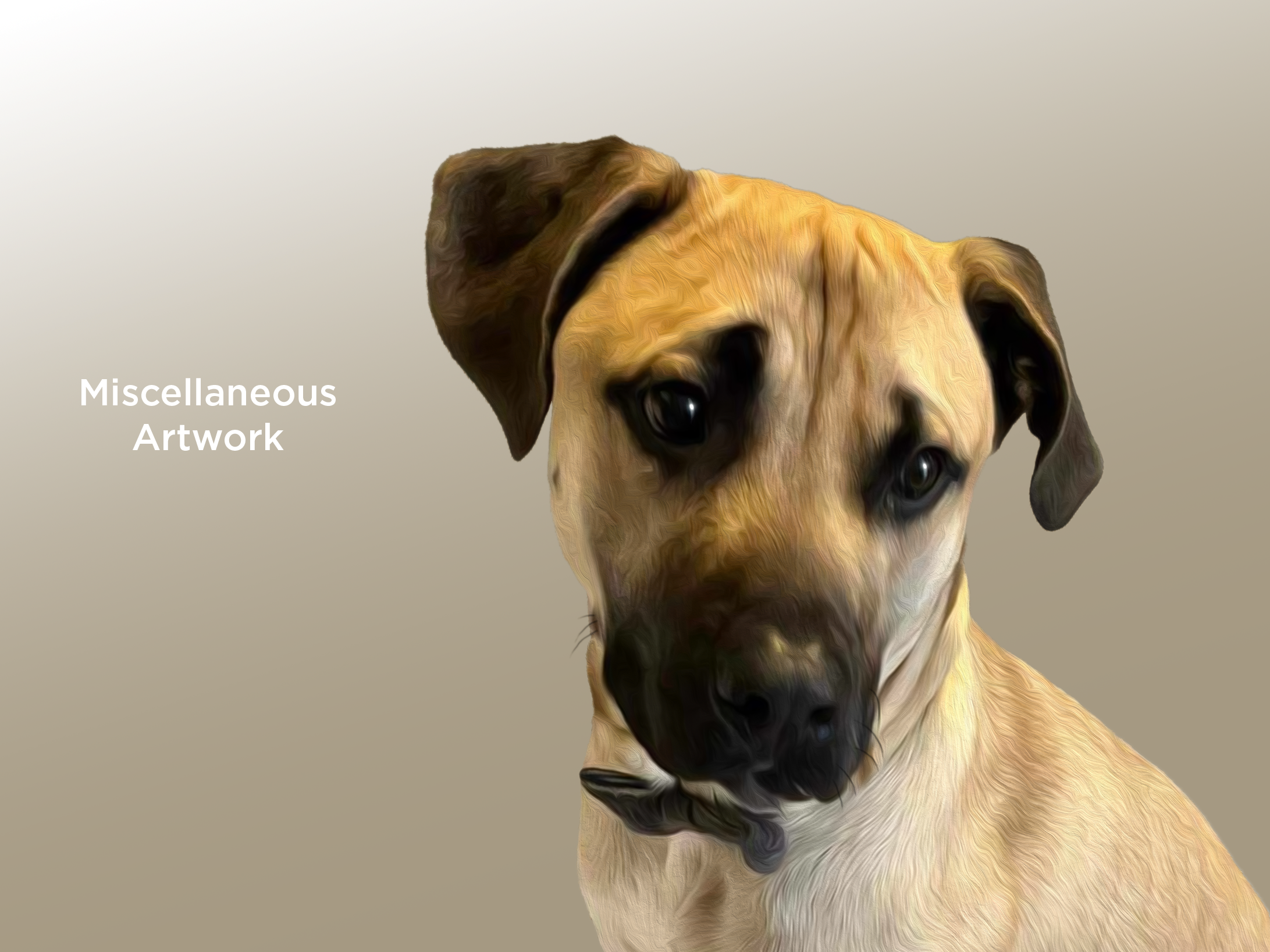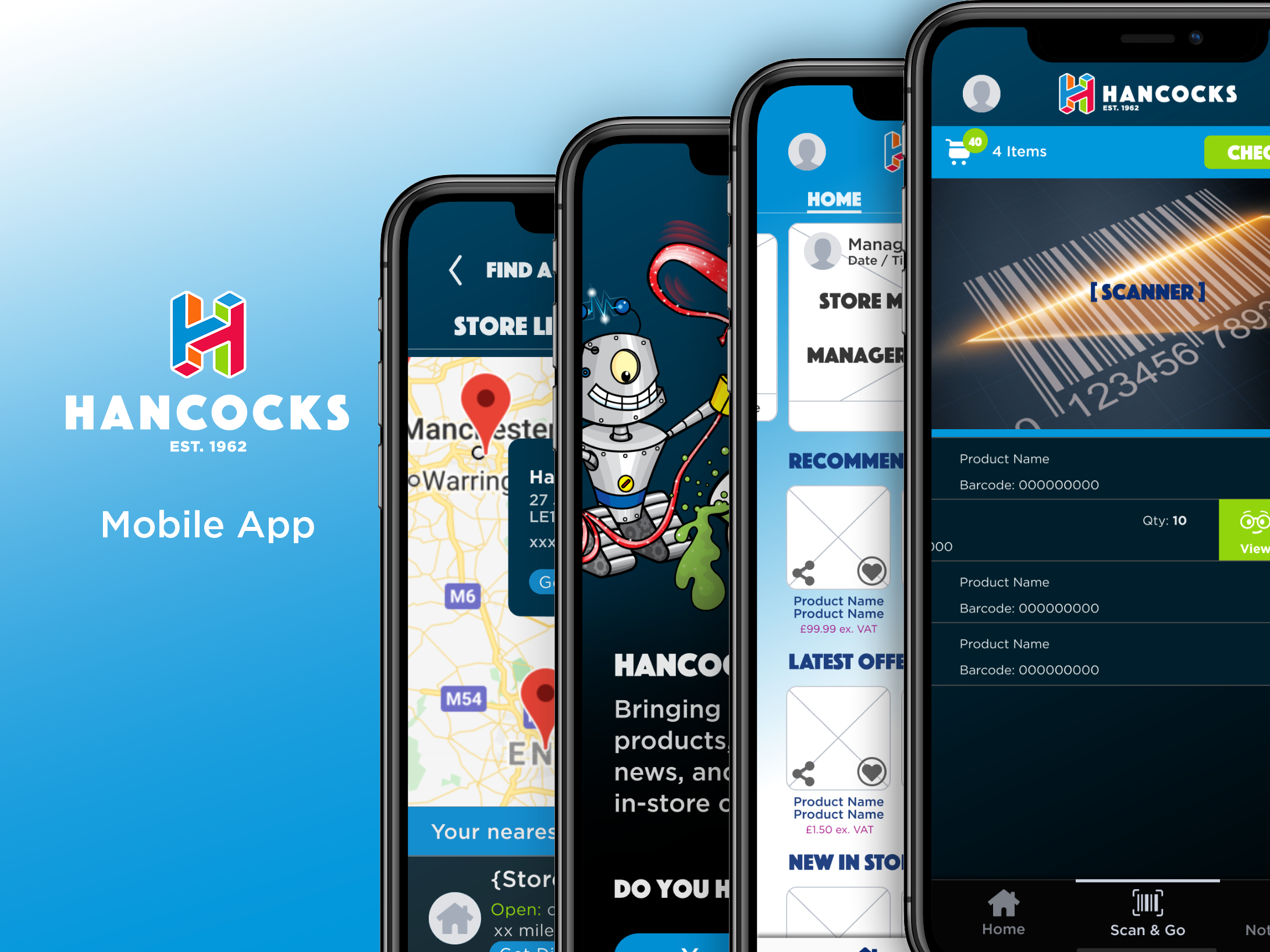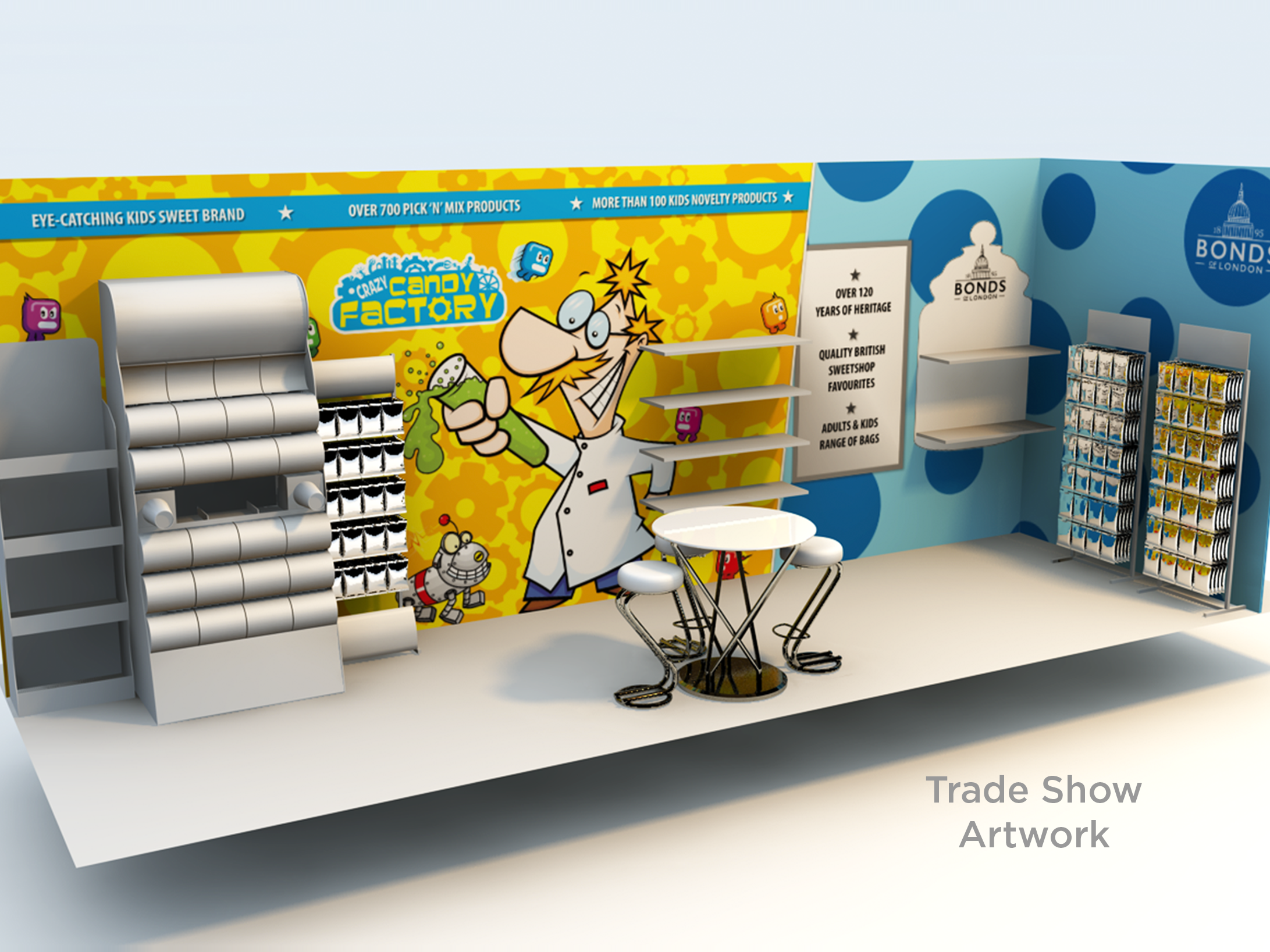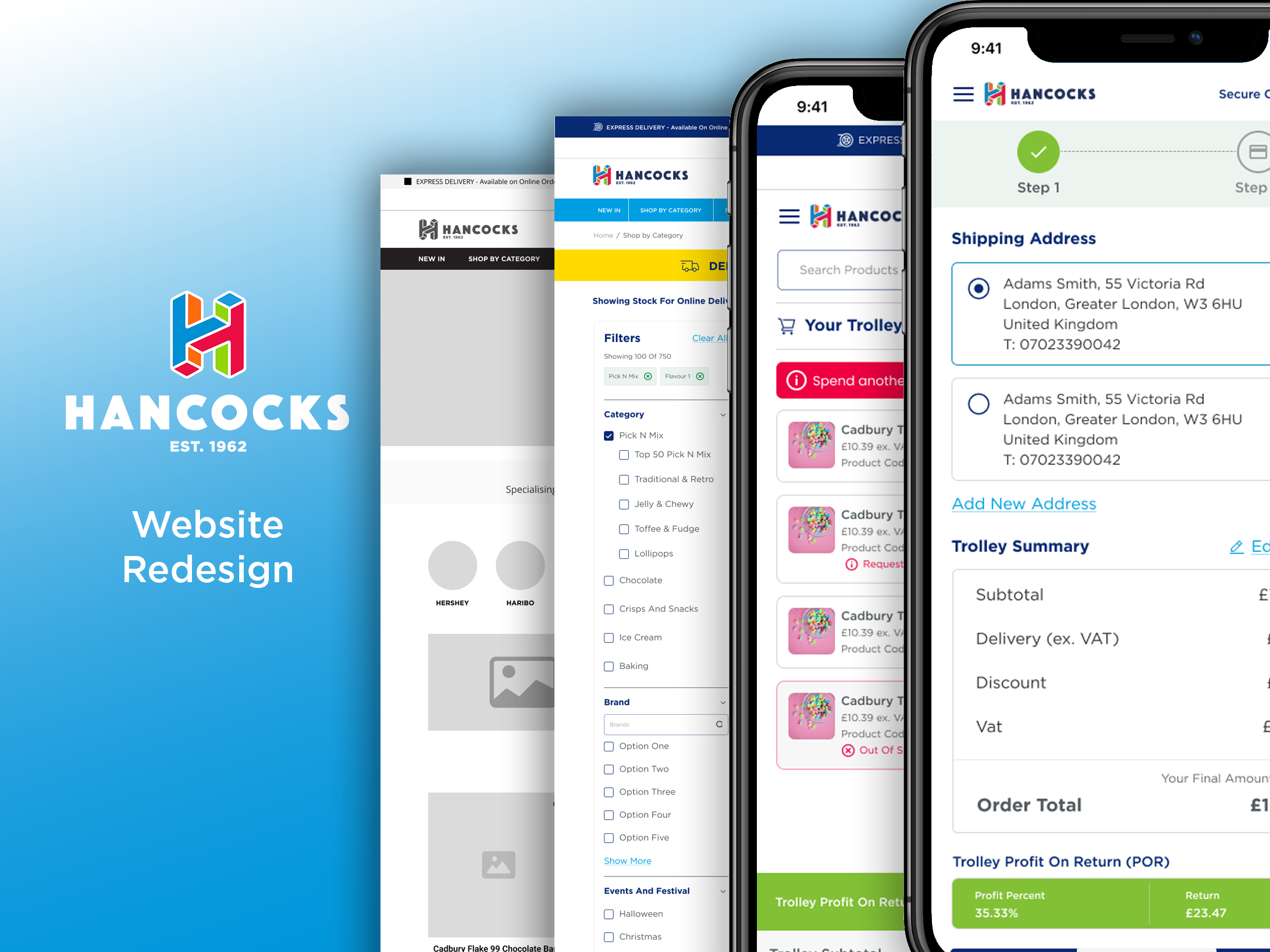Project Context
When I first started working with Bonds Confectionery, they would outsource almost all of their digital and design needs to third parties which charged a premium for their services. When focused on product imagery alone, they had thousands of products that needed professional imagery in order for them to be presented to potential customers.
Having come from a media production background, and possessing experience in photography, I saw a huge opportunity to bring the product photography in house, providing the ability to respond in a timely manner when new imagery was required, as well as saving the company money.
Key Insights
Through identifying the different photography requirements that Bonds Confectionery had, it was evident that bringing this in-house would be both beneficial for sustainability and efficiency, as well as a cost saving exercise.
- Bonds Confectionery would use external companies to provide product imagery. This would result in the need to send samples for photographing. All samples sent were wasted, incurred a delivery change and written off as an expense.
- Delays in receiving photography back was subject to the studios workload and when images were needed urgently, additional premiums could be charged.
- The cost of photography usually carried a minimum charge for an hourly rate.
- Photography requirements could be set but were also under the control of the studios art direction.
- Sales and marketing materials needed to be planned well in advance due to the sourcing of imagery needing external support. This reduced the companies ability to be responsive and progressive within their market.
Requirements
To successfully allow for product photography to be brought in house, I needed to purchase suitable photography equipment, capable of capturing the quality of images required. The mediums in use included print for brochure, other sales publications and product packaging, as well as digital for their ecommerce website. Ultimately the goal was to provide the company with a photography studio setup that removed the additional costs of outsourcing photography and enabled them to produce professional imagery to their own art direction when needed.
1. Source a camera capable of capturing images with a high enough resolution to produce images that are large enough for the companies print requirements at a minimum of 300dpi.
2. Provide a lighting set up to suitably light all products.
3. Establish a standard required for product imagery, ensuring consistency within the presentable range.
4. Provide photo editing skills as well as training to establish the beginning of a marketing team.
5. Consider future plans and possibilities for the company, ensuring that equipment purchased was capable of fulfilling future requirements.
Photography Examples

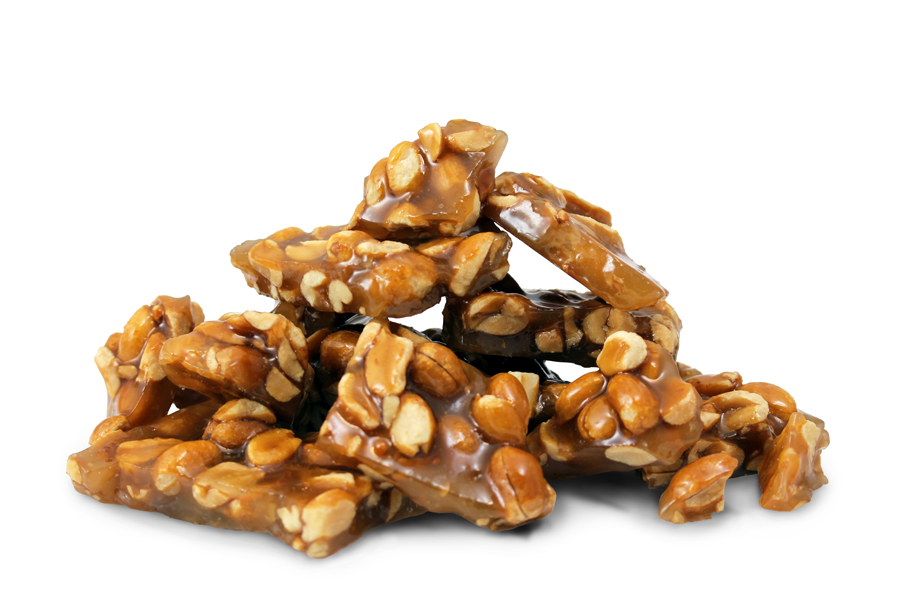
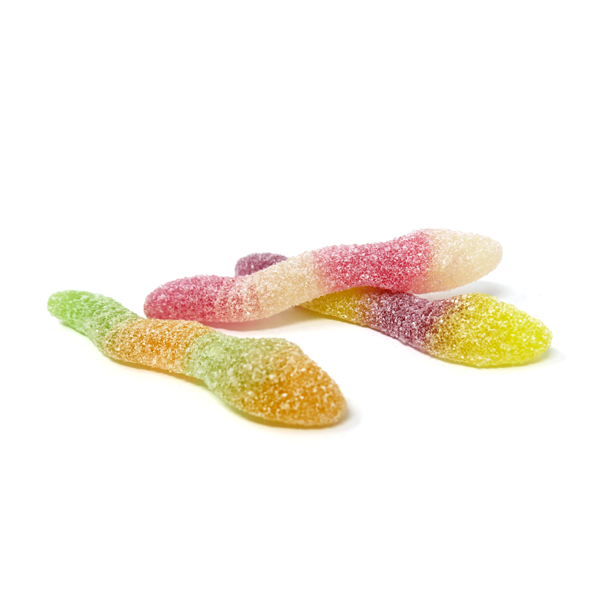
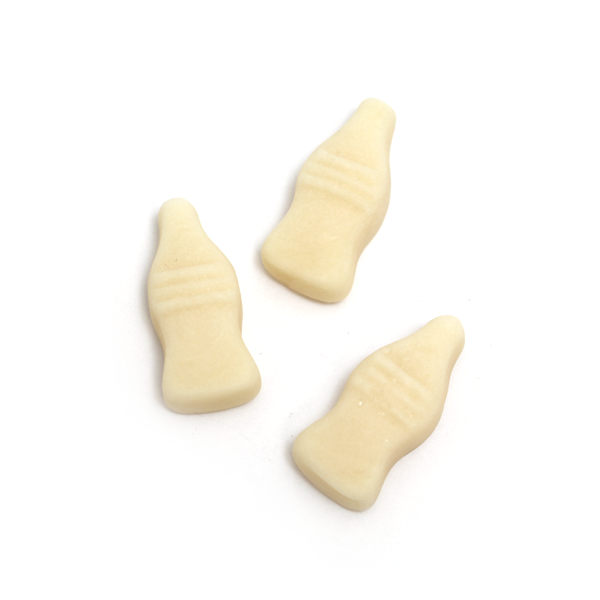




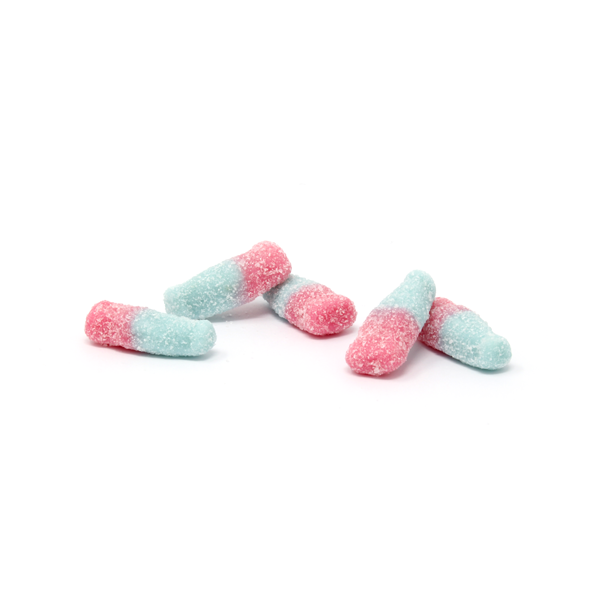
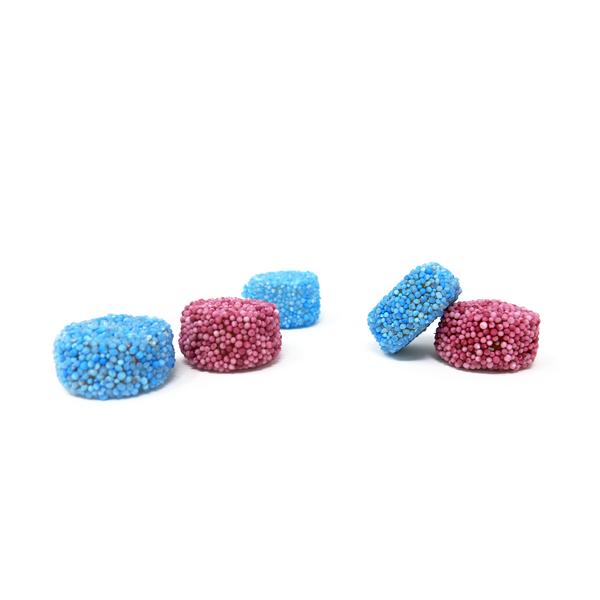
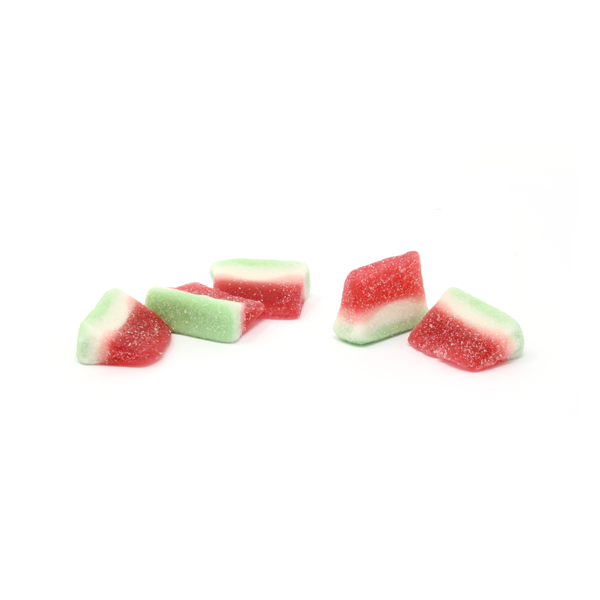

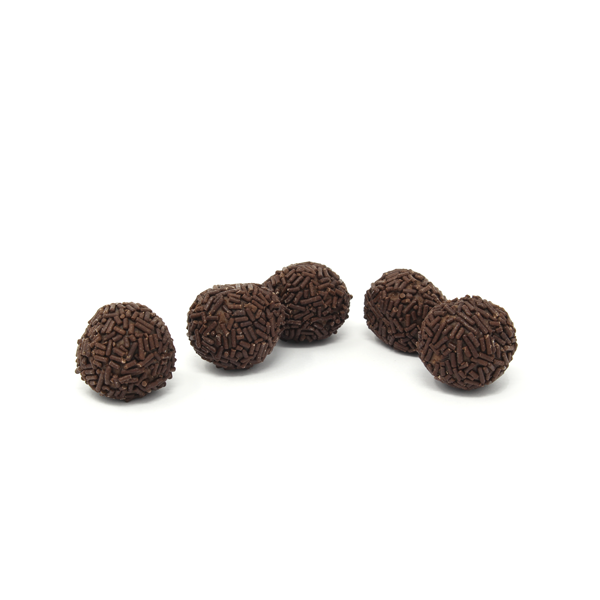
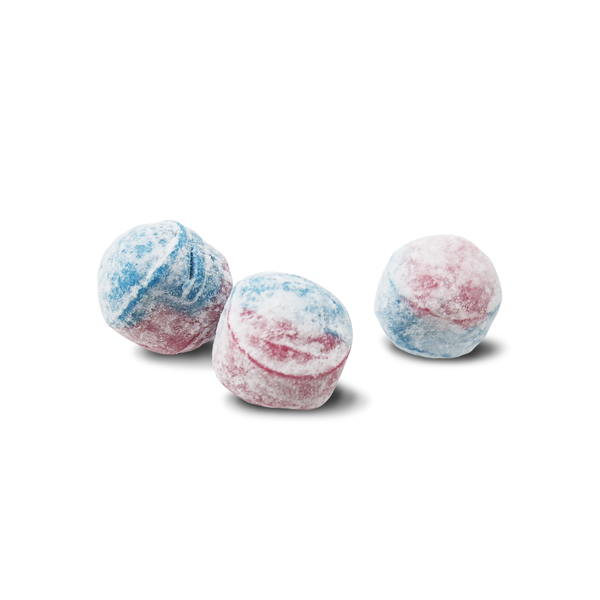

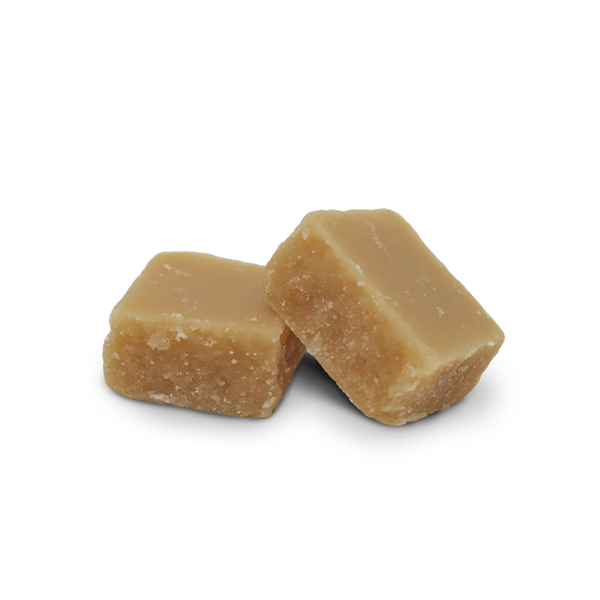
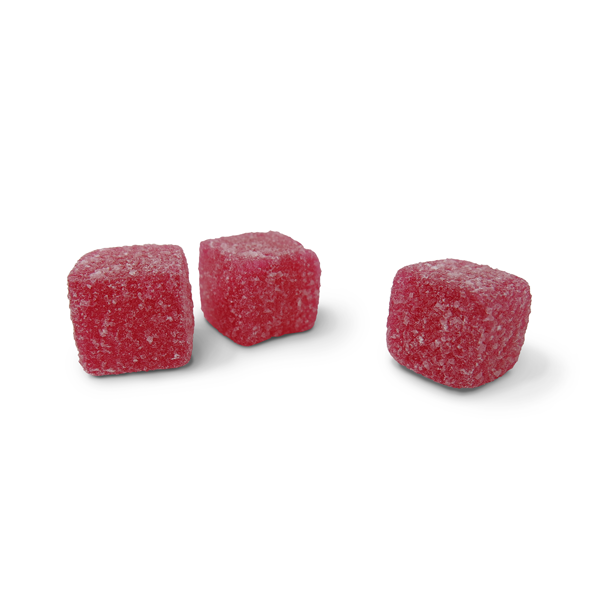
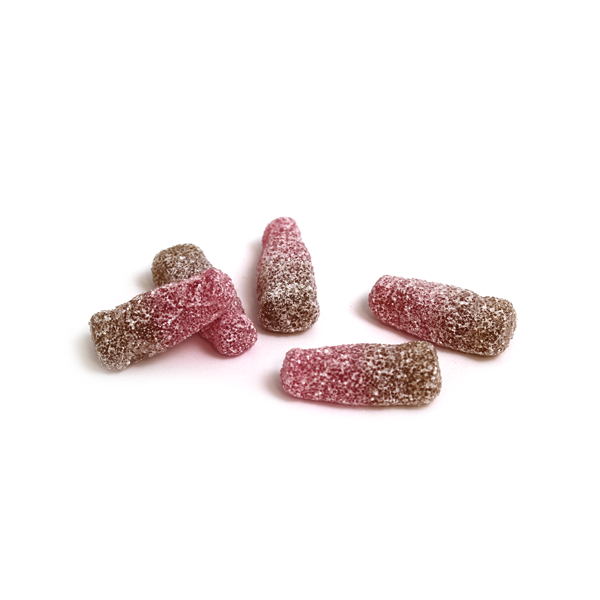

Final Thoughts
The setup was a success in bringing all photography in house; started the evolution of the companies design capabilities. The company continued to expand its digital offerings, utilising skills to develop it's own marketing and new product development teams. These changes helped save money, and also improved the companies ability to quickly adapt to changing market conditions.
Having previously used Canon camera's these were the logical choice for me to provide the best results and offer the best training and advice. The company invested in the Canon EOS 60D DSLR camera with an EF-S18-55mm f/3.5-5.6 IS STM lens for general photography use.
A popup light box was also acquired, of sufficient size for the products that needed photographing, along with two continuous studio lights with soft boxes to defuse harsh lighting. The standard lighting setups used were either a flat light to remove all shadows or more of a 'key and fill' to light the products fairly evenly but achieve a sense of shape.
For the capture of the images; a remote trigger was also purchased and used to eliminate camera shake, as well as connecting the camera directly to a laptop, when available, which with the supporting camera software was used to view and capture the images.
Primarily the material used as a backdrop and surface for the products was either a clean white cloth attachment that was provided with the light box or a large white vinyl sheet. When wanting to achieve a reflection under the product, a cellophane sheet always did the trick.
Any editing of the images was then performed via Adobe Lightroom tweaking the RAW images, or in Adobe Photoshop where the image background would also be removed if transparency was required.
The Canon EOS 60D DSLR camera also had the capabilities to capture full HD video which could be utilised for filming marketing rich content in the future.
